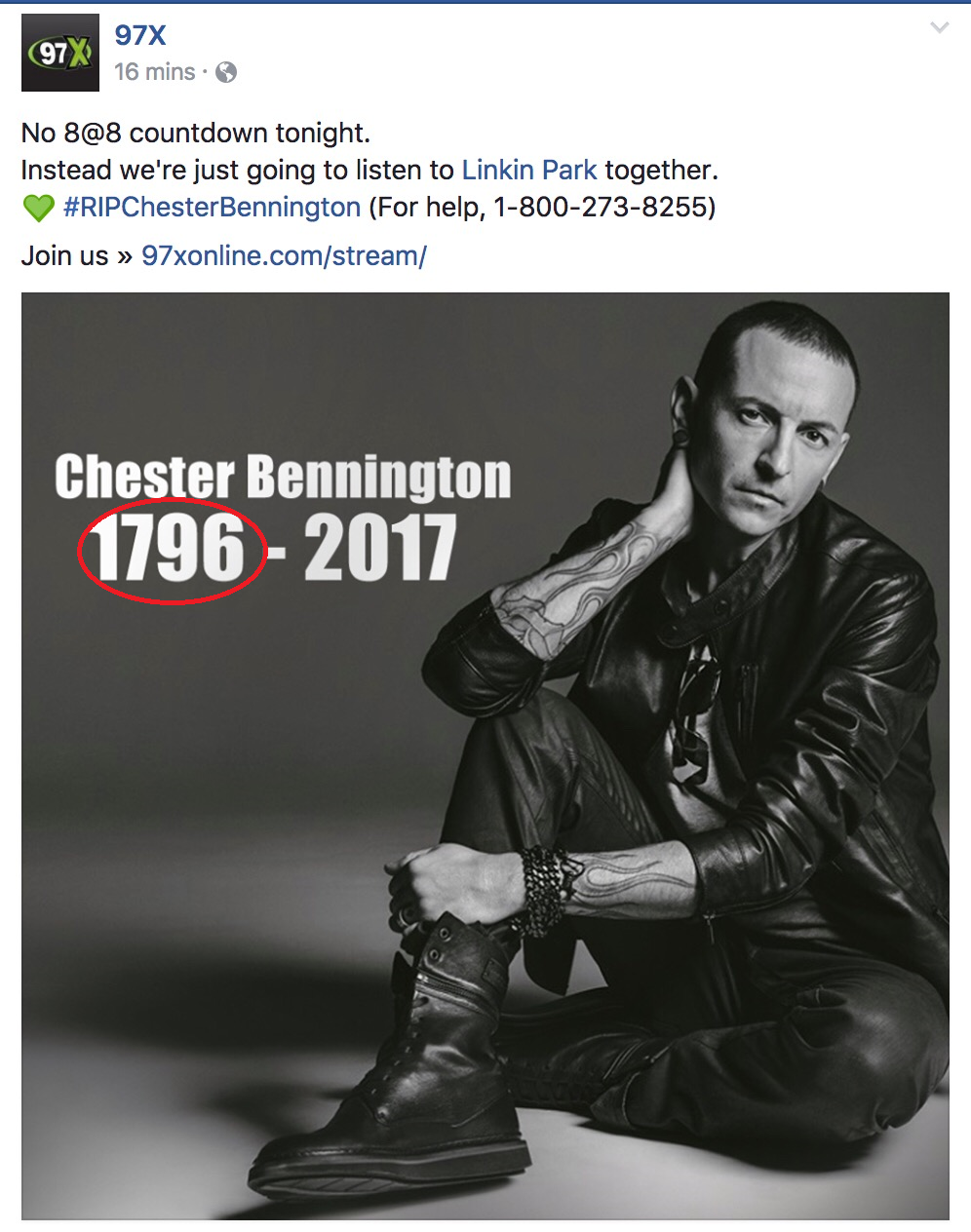September 3rd marked the 10th anniversary of Proof That blog. It is sometimes hard to believe that there is enough new material to keep it going for ten years, but then it is really not that hard to believe. It’s also hard to believe there are people who are interested in proofreading and learning about common errors all these years later, so thank you for being one of them. I do appreciate every reader.
While we’re talking about anniversaries, here are some quick tips:
- The anniversary of the day you were married is your “wedding anniversary,” NOT your “marriage anniversary.”
- It is redundant to say “10th-year anniversary.” Saying “10th anniversary” is much clearer.
I encourage you all to go out and celebrate by correcting ten errors in someone’s writing today.




 Follow
Follow







